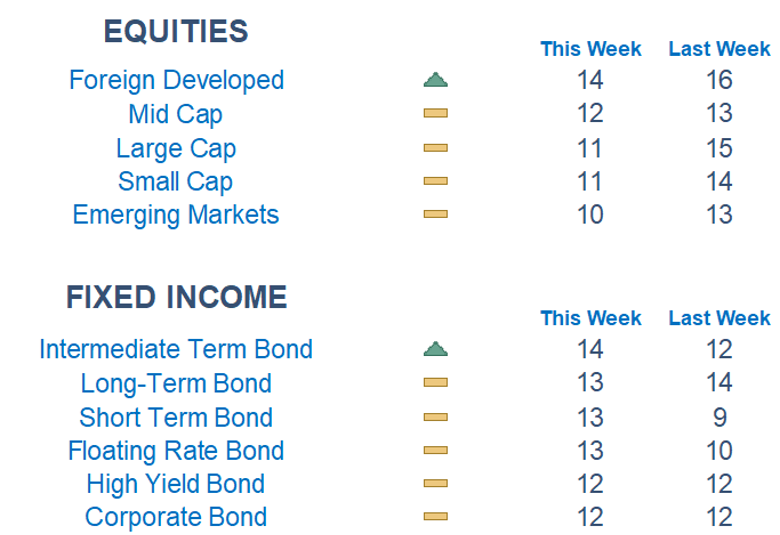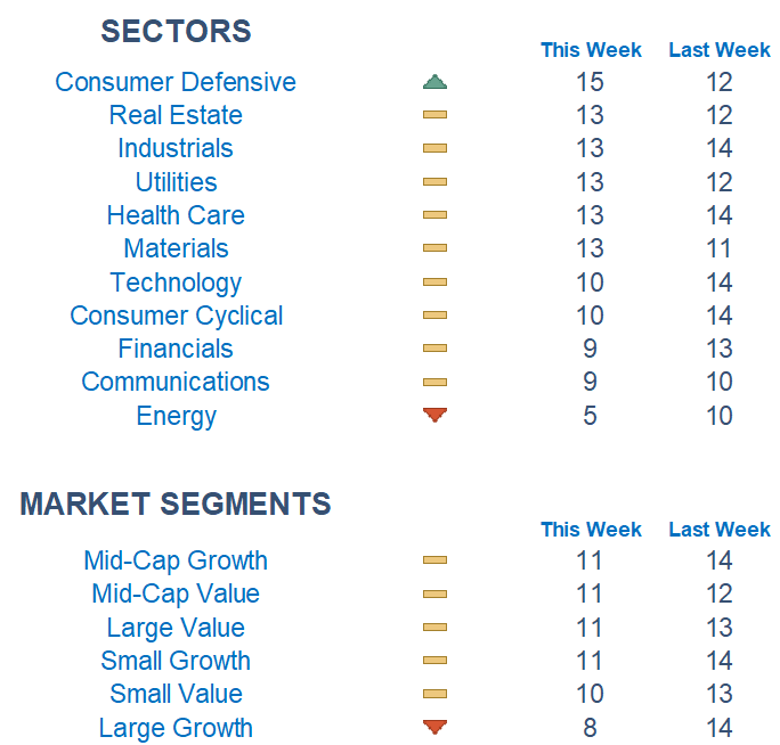Market Commentary
We kicked off the week heading into the Labor Day weekend with some slight turbulence. The major megacap names, which have been key drivers of recent gains, weighed on broader indices. Heavyweights like Nvidia slipped, causing the S&P 500 to head lower, despite more than half of the constituents posting gains. Nvidia reports earnings tomorrow, causing caution for investors.
Elsewhere in equity markets, we are seeing more of a broadening out as investors move away from relying on a few big tech names. Small-cap stocks showed resilience to start the week and could be beneficiaries of lower short-term rates. One key thing to note is that September is historically a poor month, performance-wise, for equities. In fixed income, 10-year Treasury yields rose slightly. Oil prices climbed following an announcement from Libya’s eastern government to halt exports, further intensifying tensions in the Middle East, already heightened by Israeli strikes on Hezbollah targets in southern Lebanon.
Market participants continue to keep a close eye on the Federal Reserve, with recent comments from officials, such as San Francisco’s Mary Daly and Richmond’s Thomas Barkin, signaling a likely rate cut in September. This has bolstered optimism in the broader market, but concerns about potential volatility persist, especially with a key Jackson Hole meeting in September.
On the slate in economic news, this week is the Fed’s preferred inflation gauge, the PCE index, where expectations call for a 0.2% gain. Last month the index advanced only 0.1%. This data will likely reinforce that interest rate cuts are coming soon.
Newton models are showing relative strength out of Foreign Developed, although with some loss of momentum. Compared to Large Cap Growth we are seeing some more strength in smaller capitalization names, pointing to more broadening in markets. Drilling down to sectors, Consumer Defensives are leading the pack while Energy and Financials are lagging.
Economic Releases This Week
Monday: Durable Goods Orders
Tuesday: S&P Case Shiller Home Price Index, Consumer Confidence
Wednesday: Atlanta Fed President Bostic Speech
Thursday: Initial Jobless Claims, GDP (2nd Revision), Pending Home Sales
Friday: Housing Starts, Building Permits, Home Builder Confidence Index, Chicago Fed President Goolsbee Speech
Stories to Start the Week
SpaceX to help astronauts stuck on the International Space Station.
Babe Ruth ‘called shot’ Yankees jersey fetched a record $24 million.
Authorities in Italy have opened a manslaughter investigation into the sinking of a superyacht, which killed British tech tycoon Mike Lynch and six others.
Apple announces iPhone event for September 9th.

What is Newton?
Our Newton model attempts to determine the highest probability of future price direction by using advanced algorithmic and high-order mathematical techniques on the current market environment to identify trends in underlying security prices. The Newton model scores securities over multiple time periods on a scale of 0-20 with 0 being the worst and 20 being the best possible score.
Trend & level both matter. For example, a name that moves from an 18 to a 16 would signal a strong level yet slight exhaustion in the trend.


Technical trading models are mathematically driven based upon historical data and trends of domestic and foreign market trading activity, including various industry and sector trading statistics within such markets. Technical trading models, through mathematical algorithms, attempt to identify when markets are likely to increase or decrease and identify appropriate entry and exit points. The primary risk of technical trading models is that historical trends and past performance cannot predict future trends and there is no assurance that the mathematical algorithms employed are designed properly, updated with new data, and can accurately predict future market, industry and sector performance.


